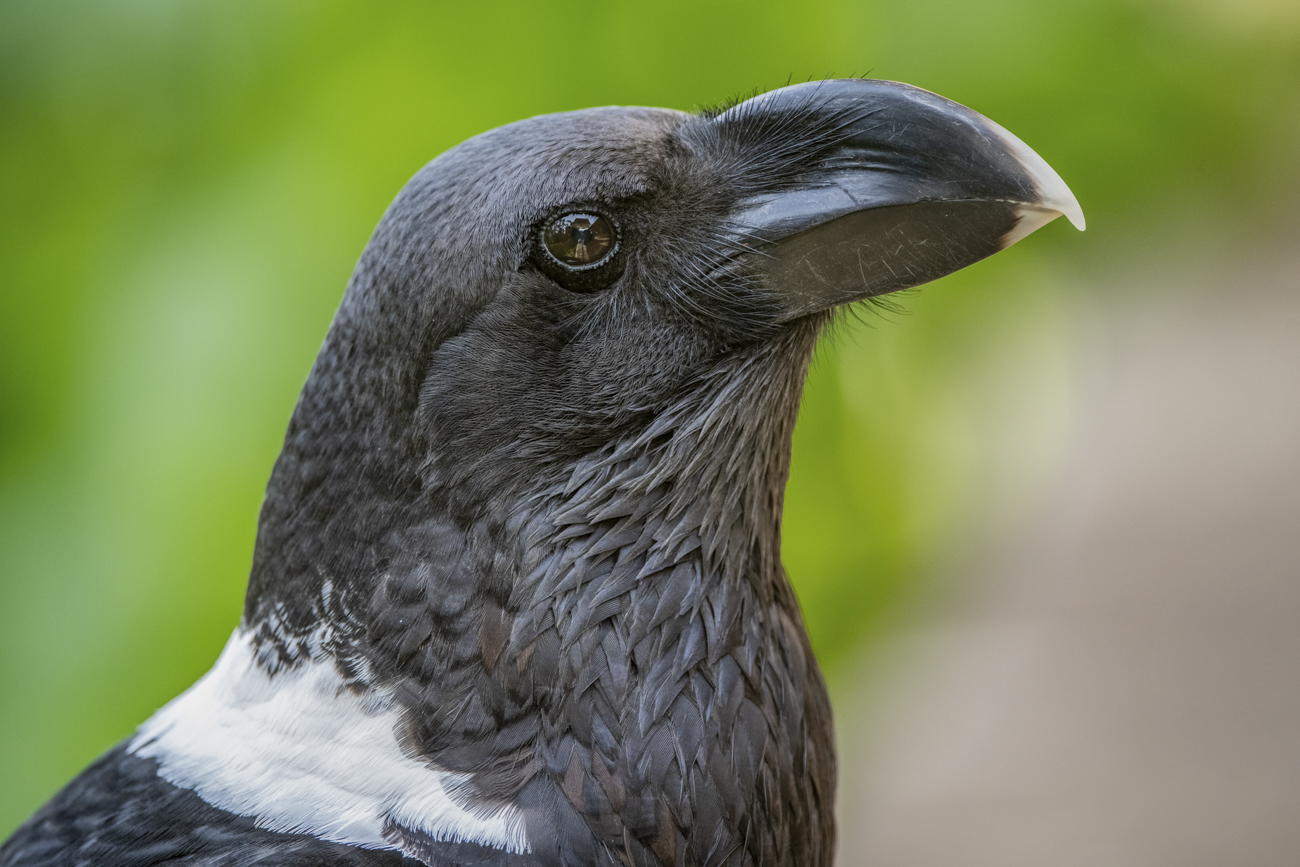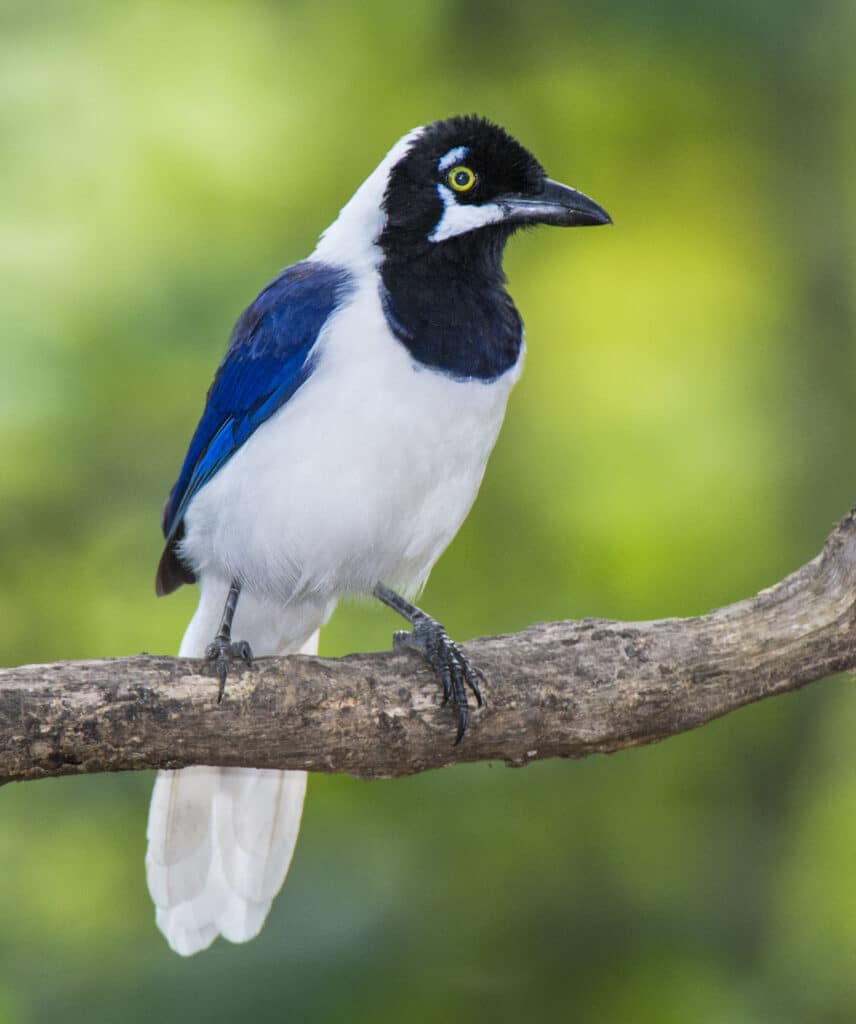
When we think of the word “corvid,” most of us immediately picture the familiar crow—a medium-large black bird with a strong bill, often regarded as intelligent and somewhat ominous. But the Corvidae family is far more diverse than many realize.
While crows and ravens are the most well-known corvids going, there are in fact almost 140 species of all manner of size, color, and behavior in this huge, cosmopolitan family, with the genus Corvus making up 50 of them. There are choughs, treepies, jays, magpies, and nutcrackers nestled alongside the more commonly known black-feathered birds, and this diversity spreads across all parts of the globe except the polar ice caps and the southernmost tip of South America.
The Rook: A European Cousin

Often mistaken for the common crow due to its black plumage, rooks can be found all the way across Europe and parts of Asia from Scandinavia in the west to Siberia in the east. Distinguishable by their bare, pale skin around the base of their beak, this somewhat unusual appearance helps you identify them when compared to other black birds. Like most corvids, rooks are highly social birds, roosting in colonies known as rookeries, and feeding in large numbers across open fields. As rooks are more inclined to dine on insects and invertebrates, they play an important role in controlling agricultural pests. Their names are onomatopoeic, referring to their harsh call.
White-Tailed Jay: A Burst of Color

The white-tailed jay is a striking reminder that corvids aren’t always dressed in black. This beautiful bird has vibrant blue plumage that contrasts beautifully with a black head and that eponymous, broad pure white tail. Looking very similar to the tufted jay, these corvids can be distinguished from their cousins not only by the absence of the tuft, but due to their range—tufted jays are only found within the mountains of the Sierra Madre Occidental in Mexico, whereas white-tailed jays, also known as mustached jays, are found 3,000 miles away in the forests of western Ecuador and northern Peru. White-tailed jays are social birds, often seen in small, noisy flocks as they forage for insects, seeds, and fruit. Their bright coloration and lively behavior make them stand out in their habitat, but they are usually easy to spot anyway as they are fairly common across their range and prefer open areas where visual communication is more suitable.
Yellow-Billed Magpie: California’s Native

The yellow-billed magpie, also known as the California magpie, is found only in California’s Central Valley and adjacent foothills. Aside from this range restriction, this species stands out from its closest relative, the black-billed magpie, due to its bright yellow bill and eye rings. As with many corvids, yellow-billed magpies are highly social and intelligent, often foraging in groups and catching insects, carrion, and fruit for later consumption. Like other species of magpie, they have been observed engaging in funeral-like behavior for their dead. When one dies, others gather around the deceased bird and walk around the body, calling out loudly for 10–15 minutes.
White-Necked Raven: The Rugged Beauty

Kings among corvids, ravens are notable for their large size, hefty, formidable black bills and looming presence, clad all in black. True to their name, these slightly smaller ravens sport a clearly defined white patch on their necks, starkly contrasting to their otherwise expected jet-black plumage. Another remarkable identification feature is their strong, slightly curved, white-tipped bill, which is deeper than the common raven’s. A versatile feeder, they scavenge for carrion but also forage for fruits, insects, and even small reptiles among the mountainous country of eastern and southern Africa. Despite their rugged appearance, they are confidently intelligent, typical of corvids, using tools to access food and working in cooperative pairs or small groups, and will even happily take peanuts and other morsels from an outstretched hand.
Eurasian Jackdaw: The City Dweller

The Eurasian or western jackdaw is one of the smaller members of the Corvidae family, a feature denoted by the use of the word ‘jack’, (as also seen in jack snipe—a smaller snipe). Jackdaws are easily recognized by their glossy black plumage, silvery gray nape, neck and cheeks, and distinctive pale eyes. Found across Europe, North Africa, and parts of Asia, jackdaws are incredibly adaptable, thriving in urban environments and known for their inquisitive behavior, often exploring new objects or food sources with great curiosity. Like magpies, they have a reputation for being kleptomaniacs, with a tendency to pick up shiny objects; indeed, Linnaeus named them Corvus monedula, the latter part being derived from the Latin for money. They roost and forage in large numbers, their loud metallic chyak call providing a most apt collective noun—a clattering of jackdaws.
Rufous Treepie: A Tropical Treasure with Some Questionable Friends

Treepies are the world’s tropical magpies, living high up in the sweltering forests of southeast Asia and rarely coming to the ground level. The rufous treepie’s binomial taxonomy, Dendrocitta vagabunda, refers to this connection—dendro for tree, citta for magpie, and vagabunda, for wandering: they are agile foragers, clambering through branches and joining mixed hunting parties along with species such as drongos and babblers. Beautifully serene-looking birds with long, stiff tails, they bring another splash of color to the corvid family with their blend of rusty brown, orange, black, white, and gray feathers. They are known for loudly varied calls, ranging from melodious whistles to harsh chatters. A corvid through and through, their curious nature gives them a tendency to investigate human activities. In many parts of India, rufous treepies are a common sight and will approach humans for food, but beware—while the birds themselves are not aggressive, the resident monkeys listen for their calls and will soon help you part ways with all your detachable belongings, and not just the food.



